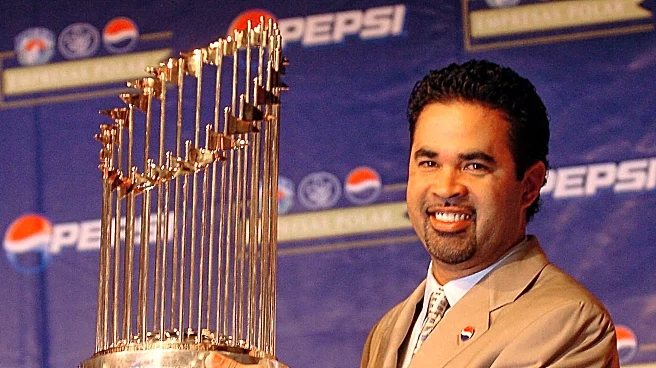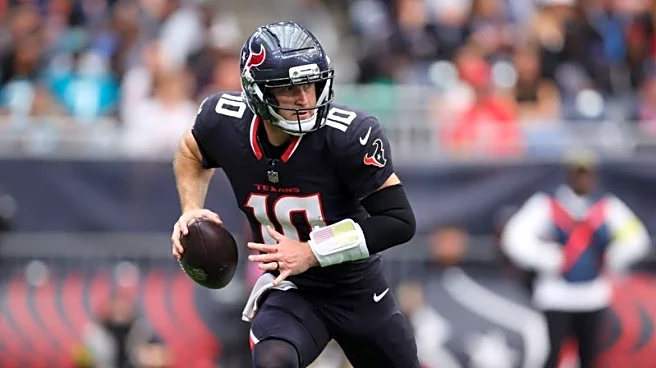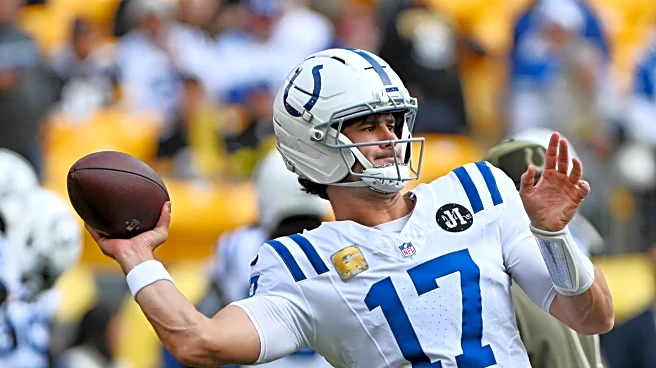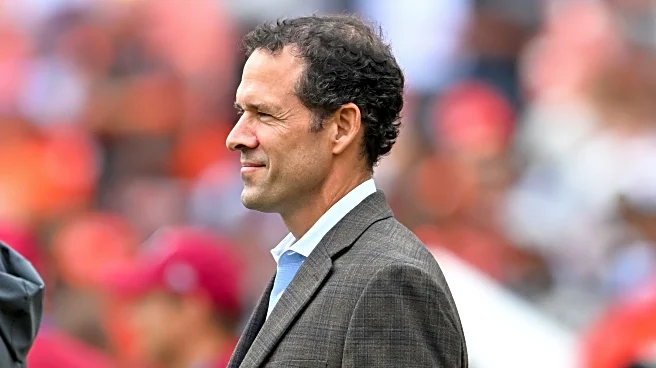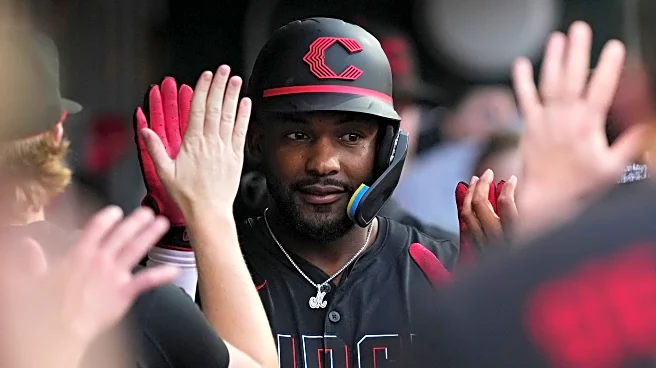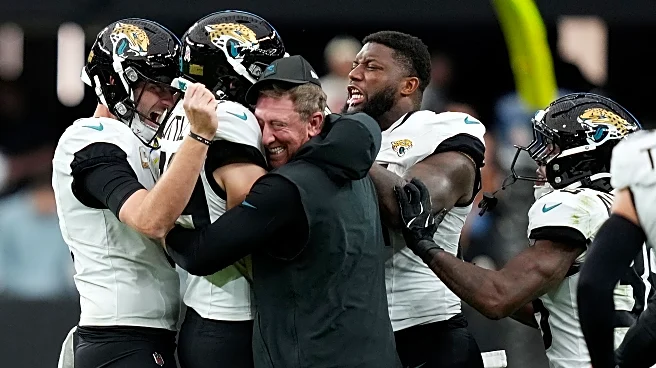Heading into the All-Star Break, Detroit was in pole position in the American League Central, and in fact, all of baseball. The team had an MLB-best 59-38 record and backed it up with a top-10 offense,
a top-10 pitching staff, and best-in-the-business baserunning. Riley Greene, Zack McKinstry, and Javy Baez stormed out of the gates with All-Star caliber production, while Gleyber Torres and Spencer Torkelson were ideal righty balances for a lefty-heavy lineup. The only real downside was Kerry Carpenter’s patience tanking as he tried to hit his way through a hamstring injury, but even he was on 30+ home run pace in his down period. Things were looking mighty fine in Motown.
Then, the All Star Break arrived.
On the run-prevention side, a lack of whiffs and a few key injuries finally and predictably caught up to the pitching staff. The reinforcements from the trade deadline provided no buffer, especially in the back of the rotation. The offense struggled even more and slipped to a cumulative 94 wRC+ after the break, 21st ‘best’ in the majors. Combined, the team slipped from best in the majors to the last Wild Card spot, clinched thanks to a tiebreaker over Houston. On their way down, they lost the best record in baseball, the best record in the AL, their playoff bye out of the Wild Card round, and their 15.5 game lead over Cleveland for the AL Central title. Whoops.
As the team prepares for the offseason and aims to shore up the roster, it feels right to explore what went wrong, especially on the offensive side. Maybe that could offer insight into how to guard against a similar slide next year, or at least explain how things collapsed so far, so fast. I set out to answer that, and got more than I bargained for. Below are the steps I took to try to sort through this. A warning: get ready for a lot of tables.
First, I decided to check plate discipline. On the surface, that seemed the most likely issue, as more strikeouts and fewer walks would really hurt a “pass the baton” styled offense, and initially, it tracked.
Ok, easy enough. They struck out a lot more, walked a little less, and the offense suffered for it.
While “strike out less” is a valid strategy, it is also a bit shallow when it comes to an offseason gameplan, so I decided to dig slightly deeper. Why did Tigers hitters strike out more and walk less? Did pitchers start pitching them differently and exploit bad tendencies, or did Detroit’s hitters get a bit antsy trying to force their way out of these struggles? For this, I checked a few indicators of the pitcher’s general approach against Detroit, and then what swing decisions their hitters made.
Yeah, those barely changed. Pitchers approached them almost entirely the same, and Detroit swung at strikes in really similar proportions before and after the break. In so far as baseball is about swinging at strikes and taking balls, the offense did about the same. They did perform worse in both cases in the second half, but not by much. I’m hardly the expert, but I would be surprised if a 0.8% change in chase rate is the difference between a top-10 and bottom-10 offense.
So far, what I’ve found suggests a more nuanced analysis might be necessary. If chase and take rates were about the same but walk and strikeout rates changed a lot, it seems likely the team’s approach significantly regressed in “decision” (3-X and X-2 counts) counts with either three balls or two strikes. That could help explain the disconnect between small changes in the granular stats and big changes in the results.
Checking plate discipline in specific counts is rather difficult with the resources available, but I can find strikeout and walk rates in at-bats that reached either 2 strikes or 3 balls, and there we find some interesting trends.
Ding, ding, ding, we have a winner: once Detroit’s batters got into “decision” counts, they significantly underperformed their context-neutral plate discipline stats. This was especially prominent in 3-ball counts, and helps explain why the change in strikeouts and walks was so much larger than the change in chase and take rates suggested. In the parts of the at-bat that simply don’t matter as much – say, a 1-1 count – Detroit consistently made the right decisions. When it came down to either battling back from a 2-strike count or punishing a pitcher for falling behind with 3 balls, Detroit was much worse in the second half than the first.
Now, the root cause for all this gets murky. In some cases, it could come down to an injury like Torres’ hernia or Colt Keith’s rib. In others, this speaks to a truly poor approach in those decision counts. Torkelson, for example, went from striking out in 45.1% of his 2-strike counts to 50.7% of them. Was this an immature approach of a team generally struggling, each of them trying to break the funk with one big swing? Or was it an unprepared approach from a team consistently looking for the wrong pitch when it mattered most? Could it have been bad luck? It’s impossible to say with any certainty from here, but it’s likely a combination of all those factors and more.
Moving forward, though, the team has to get back to its early-season process. A pass-the-baton offense only works when the offense is actually passing the baton. Adding good hitters who fit this approach and augment the strength’s already in place is almost certainly the best path forward. That might start with a healthy Torres, but it should also extend to any and all free agents brought in, coaching philosophies instilled, and prospects called up. The Tigers are a team whose value is generally greater than the sum of their parts, and their additions need to build upon the foundation they’ve laid already.


